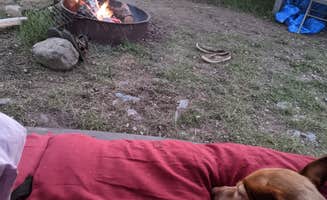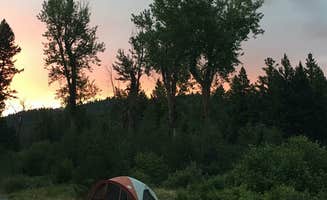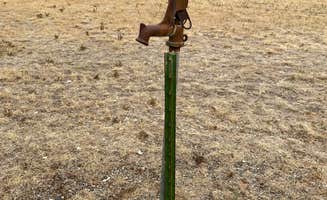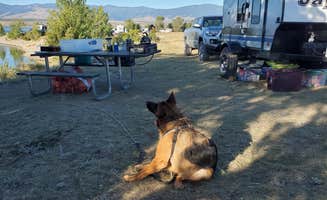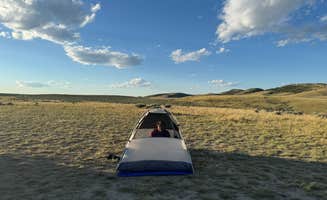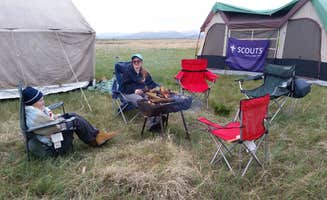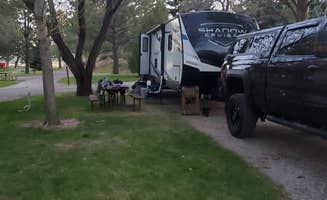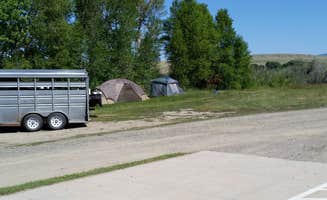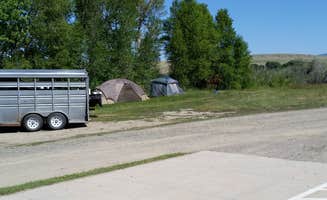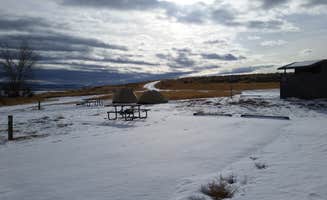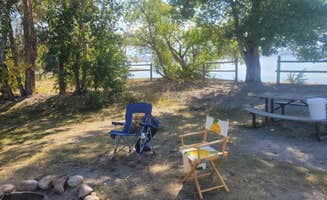Dispersed camping opportunities near Radersburg, Montana offer access to both riverside sites and mountain-adjacent locations in the Elkhorn Mountains. The area sits at an elevation of around 4,700 feet, creating distinct camping seasons with warm summer days and cool nights. Most campgrounds in this region operate on a first-come, first-served basis and experience moderate to heavy use during peak summer months.
What to do
Fishing access points: Several campgrounds provide direct river access for fishing enthusiasts. At Yorks Islands Fishing Access Site, campers appreciate the proximity to water. According to Mark & Kelly G., the site offers "nice, level sites pretty close to the water" though they note "swift current, but nice water to wade in." The site also features "boat access" making it suitable for various water activities.
Historical exploration: The region contains significant historical sites connected to westward expansion. At Missouri Headwaters State Park Campground, visitors can experience camping "where Captains Meriwether Lewis and William Clark and the Corps of Discovery camped at the headwaters of the Missouri river in 1805." The park features educational displays about the expedition throughout the grounds.
Dam recreation: The Toston Dam recreation area provides alternative water activities away from more crowded locations. At Upper Toston Dam Campground and Boat Launch, campers will find "a small boat launch with a dock" available for use. Though one visitor mentions "a 10 mile dirt road to get to the campground," they note the road is "not too bad for a truck or SUV" but "may be a little challenging for normal passenger cars."
What campers like
Quiet, established sites: Many visitors appreciate the well-defined camping areas with basic amenities. At Crow Creek Campground, campers will find "8 sites, each having a metal fire ring and picnic tables." The campground receives relatively light use, with one visitor noting, "No one was at the campground during my visit," making it potentially "a quiet get away with few other campers."
Water features: The region's streams and lakes provide natural attractions adjacent to camping areas. At Cottonwood Campground, visitors describe the waterway as "shallow at the moment but full of life and wonder." Wildlife viewing opportunities abound, with one camper noting, "The birds are rampant and very loud but entertaining to watch."
Budget-friendly options: Several locations offer low-cost or free camping with basic amenities. Indian Road Campground features "a small free BLM campground right next to the highway and next to the river." Campers describe the site as having "fire pits and picnic tables" with approximately "6 spots total" along a loop configuration.
What you should know
Site accessibility: Many campgrounds require travel on unpaved roads with varying conditions. Accessing Ponderosa - Canyon Ferry Reservoir USBR requires navigating a "rough road 3 miles long to a hidden gem." Weather can impact road conditions substantially, particularly during spring runoff or after heavy rains.
Limited amenities: Most sites offer minimal facilities and services. At Upper Toston Dam Campground, "there is not water or trash service at this campground." Similarly, Crow Creek Campground has "no water or trash service at this free campground," requiring visitors to pack in all needed water and pack out all waste.
Environmental factors: Seasonal conditions affect the camping experience significantly. The reservoir campsites can be "very windy, very few trees except for a few along the lake, otherwise sites are in the open." Mosquitoes are prevalent in many locations, with one camper at Yorks Islands Fishing Access Site reporting "lots of mosquitoes at dusk."
Tips for camping with families
Playground access: Some campgrounds offer dedicated recreational facilities for children. The Canyon Ferry Lake KOA features a "great playground, close to tent sites" making it convenient for families to supervise children while at camp. One visitor specifically mentioned it was "nice for kids" with "nice staff and great coffee."
Educational opportunities: Several sites incorporate learning experiences suitable for children. Lewis & Clark Caverns State Park offers educational programs where "you can print out a packet for your little ones to become Cub Rangers at this State Park." The park combines outdoor recreation with historical education.
Kid-specific fishing areas: Designated fishing spots for younger anglers exist within the region. Indian Road Campground includes "a nice fishing pond available for children 14 and under," providing a safe, accessible fishing experience separate from the river's stronger currents.
Tips from RVers
Site configurations: Most area campgrounds have specific limitations for larger vehicles. At Three Forks KOA Journey, RVers note that "the turns were somewhat tight getting in and out" but overall it was "very nice and clean." For those with larger rigs, specific sections may be more suitable as "sites are shady unless you have a big rig - that area does not have shade."
Hookup availability: Electric and water connections vary widely between sites. While state parks and KOAs typically offer hookups, dispersed and BLM sites generally do not. At Indian Road Campground, one RVer mentioned fitting "fine in a 30' travel trailer" but had to "get creative" with placement to avoid blocking the road with slide-outs.
Leveling considerations: Terrain at many sites requires preparation for unlevel ground. At Lewis & Clark Caverns State Park, an RVer had to "use all our jack stands to combat the slope of our site" though they noted "others looked much more level," suggesting scouting for the best spot upon arrival.


